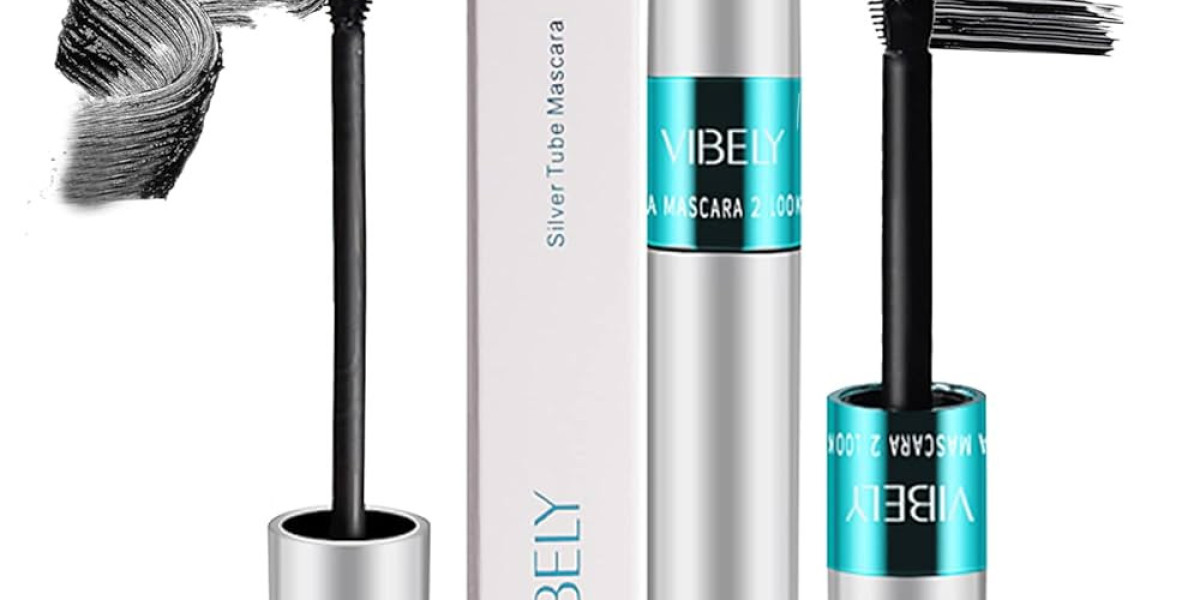For centuries, humans have actually looked for methods to improve their eyes, considered windows to the spirit. While eyeshadow and eyeliner have actually played significant roles, mascara stands apart as a transformative cosmetic, with the ability of instantaneously extending, enlarging, and defining lashes. However mascara lash is greater than just a beauty item; it's a cultural phenomenon, a technological wonder, and a representation of developing elegance requirements.
The background of mascara is surprisingly old. Very early types, dating back to old Egypt and Rome, entailed darkening the lashes with kohl, a combination of soot, galena, and other components. These concoctions offered not only aesthetic purposes but additionally were believed to ward off bad spirits and protect the eyes from the rough desert sunlight. Throughout the Middle Ages and Renaissance, making use of cosmetics, including lash darkeners, changed with societal norms, often related to vanity and even sin.
The contemporary mascara we understand today began to take shape in the 19th century. Eugène Rimmel, a French perfumer, is frequently credited with developing the very first safe mascara making use of petroleum jelly and coal dust. His name came to be identified with mascara, with "rimmel" still made use of as a term for the product in a number of languages. Later on, in the very early 20th century, T.L. Williams, inspired by his sister Mabel's homemade lash enhancer, established a comparable item and established the Maybelline Business, a name stemmed from Mabel and Vaseline.
The development of the cake mascara, a strong block of pigment that was used with a damp brush, noted a significant progression. However, it was the introduction of the tube vibely mascara reviews (https://ovcart.com/vibely-mascara-stock-update-now-available-across-uk-pharmacies) with an integrated stick in the 1950s that revolutionized the market. This innovation, originated by Helena Rubinstein, made application less complicated, cleaner, and much more sanitary, leading the way for the mass-market allure of mascara.
Today, the mascara market is a multi-billion buck sector, using a dizzying selection of colors, brushes, and formulas. From lengthening and volumizing to crinkling and water-proof choices, there's a mascara to match every lash kind and wanted result. The scientific research behind these formulas is complicated, entailing a delicate equilibrium of waxes, chemicals, pigments, and polymers.
Waxes, such as beeswax and carnauba wax, give structure and thickness to the formula, assisting to layer and build up the lashes. Polymers, often synthetic, contribute to the mascara's longevity and resistance to smudging and flaking. Pigments, typically iron oxides or ultramarines, provide the color, varying from timeless black and brown to extra adventurous tones like blue and purple. Preservatives are necessary to prevent microbial development and make sure the product's safety.
The brush plays an essential function in the application and outcome. Various brush forms and bristle arrangements are designed to attain specific results. As an example, a thick, densely jam-packed brush is perfect for volumizing, while a slim, tapered brush is much better for lengthening and defining individual lashes. Rounded brushes can help to lift and curl the lashes, while ball-tipped brushes are created to reach also the tiniest lashes in the internal corners of the eyes.
Beyond the standard formulation and brush design, mascara modern technology proceeds to progress. Fiber mascaras consist of small fibers, such as rayon or nylon, that comply with the lashes, producing the impression of higher length and density. Tubes mascaras frame each lash in a polymer tube, giving durable wear and simple removal with cozy water. Lash primers, used prior to mascara, can better improve lash quantity and length, while also conditioning and shielding the lashes.
However, the search of excellent lashes is not without its prospective disadvantages. Incorrect use or sharing of mascara can lead to bacterial infections, such as conjunctivitis. Allergic reactions to certain components are likewise possible. It's crucial to exercise excellent health, replacing mascara every 3 months and staying clear of sharing it with others.
Furthermore, the societal pressure to adjust to particular charm standards can result in unrealistic expectations and even body picture problems. While mascara can be an enjoyable and equipping device for self-expression, it is essential to bear in mind that elegance comes in several forms which all-natural lashes are flawlessly gorgeous in their own right.
To conclude, mascara lash stands for an interesting junction of background, science, and culture. From its old origins to its modern versions, mascara has actually continually played a role in improving and specifying the eyes. As innovation continues to advance, we can expect a lot more efficient and innovative mascara solutions to emerge, further blurring the lines between natural and enhanced charm. However, it's essential to come close to mascara with a healthy dose of self-awareness, recognizing its power as a cosmetic device while celebrating the intrinsic appeal of all-natural lashes.






